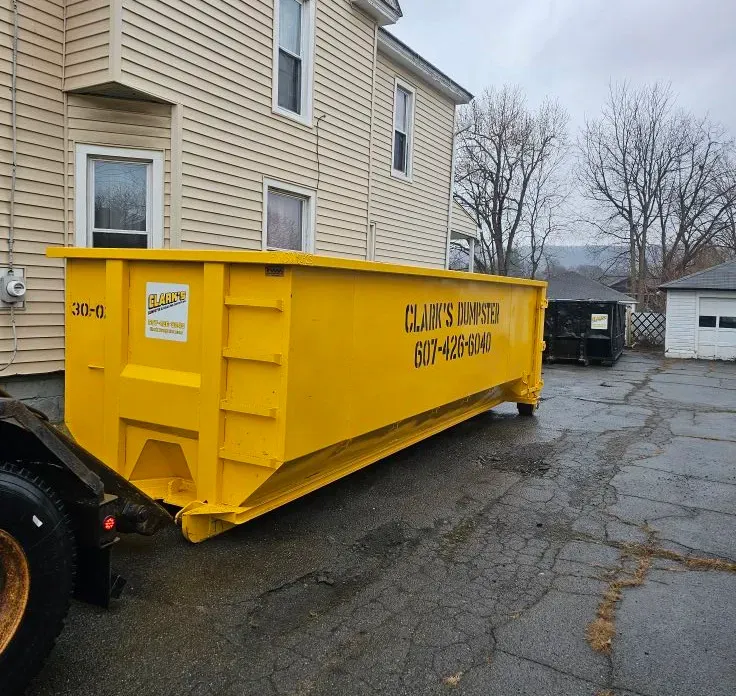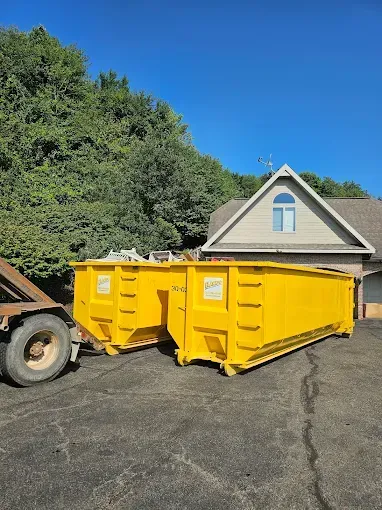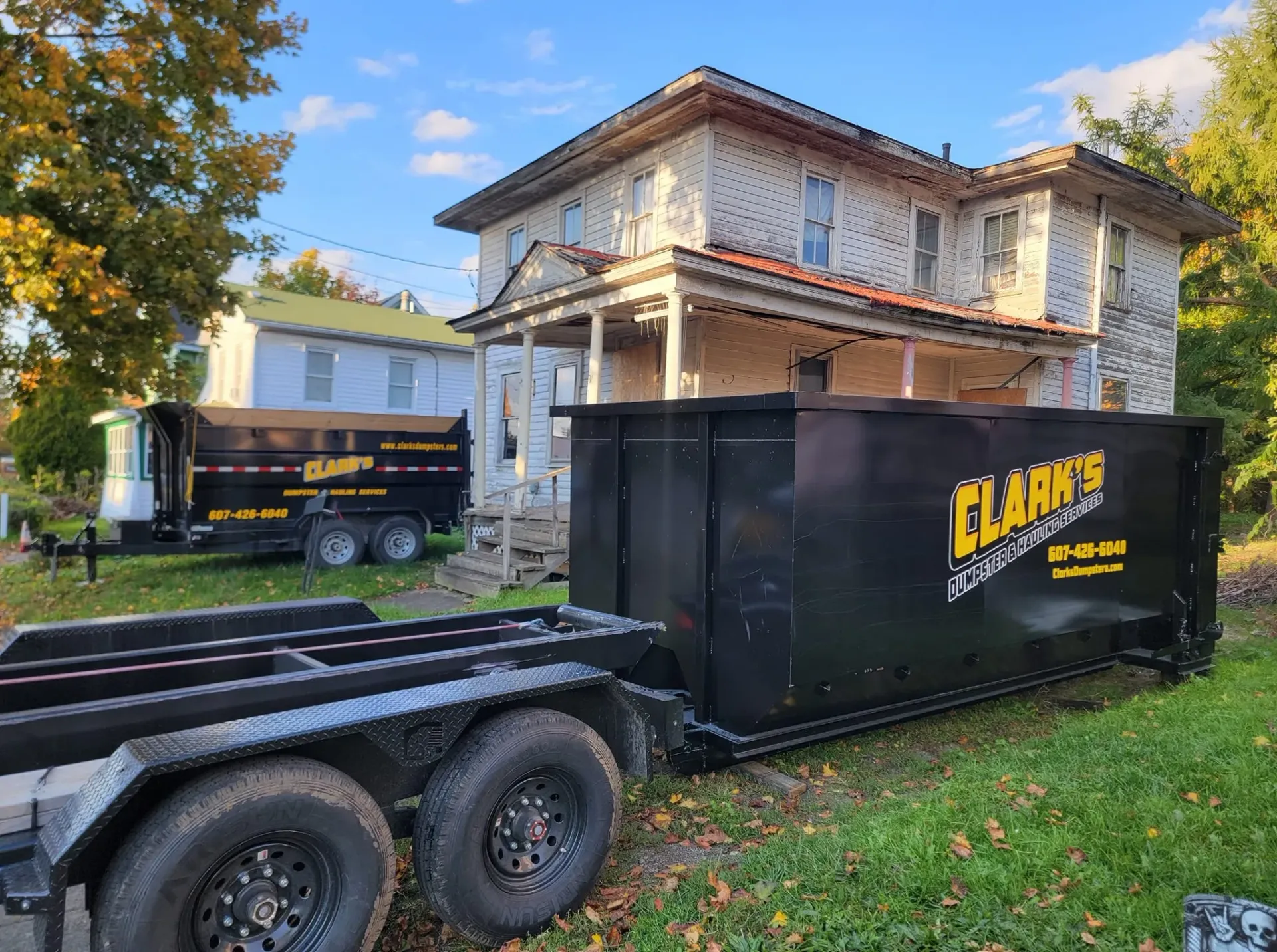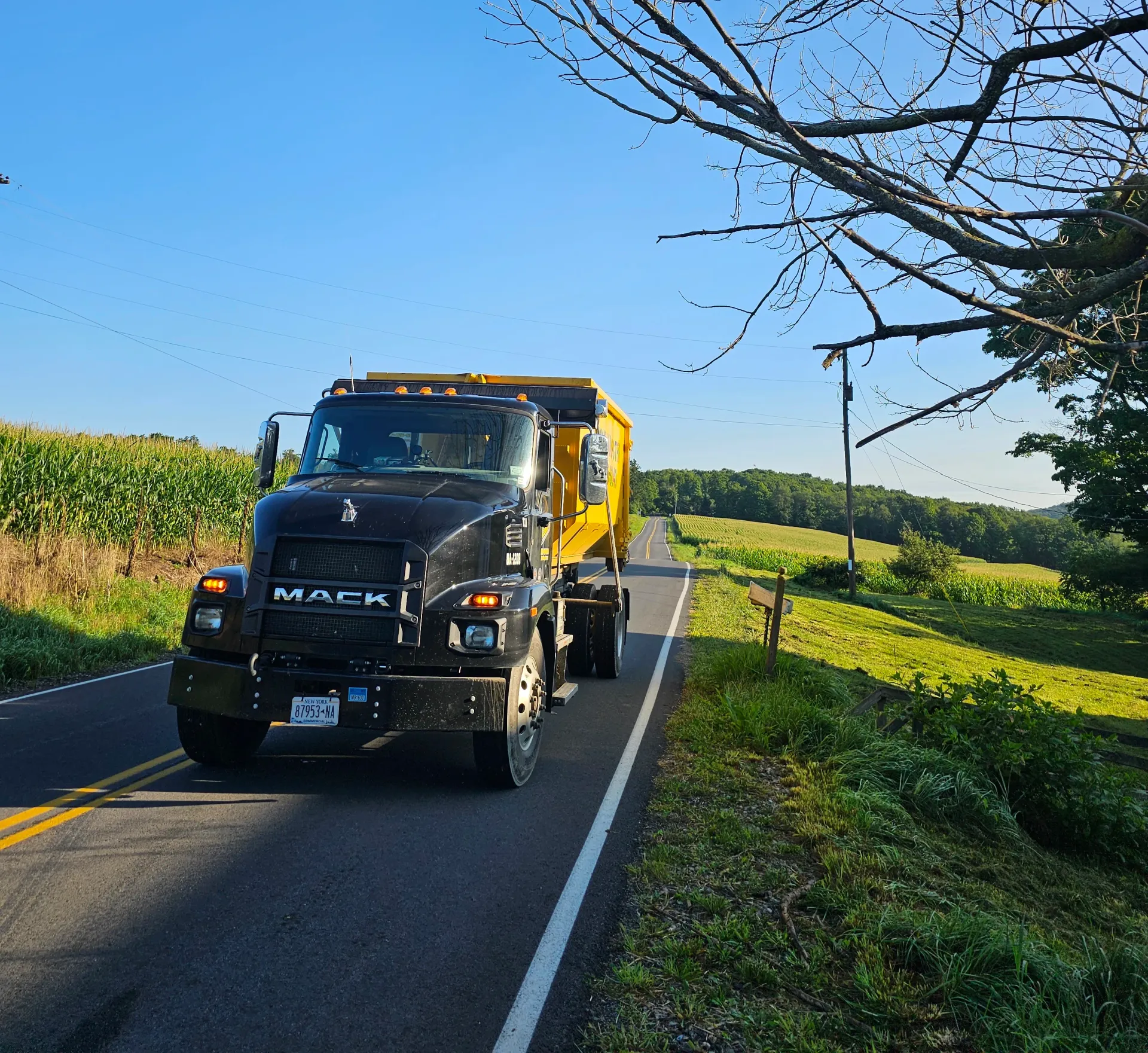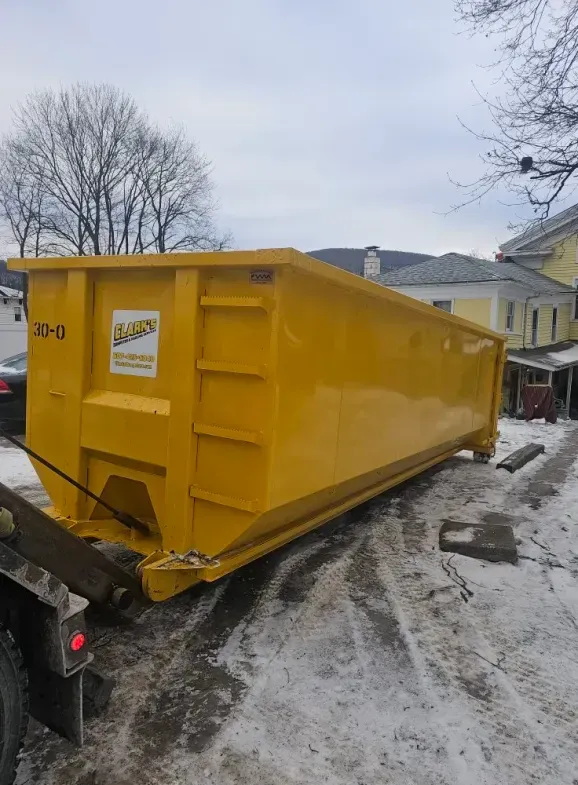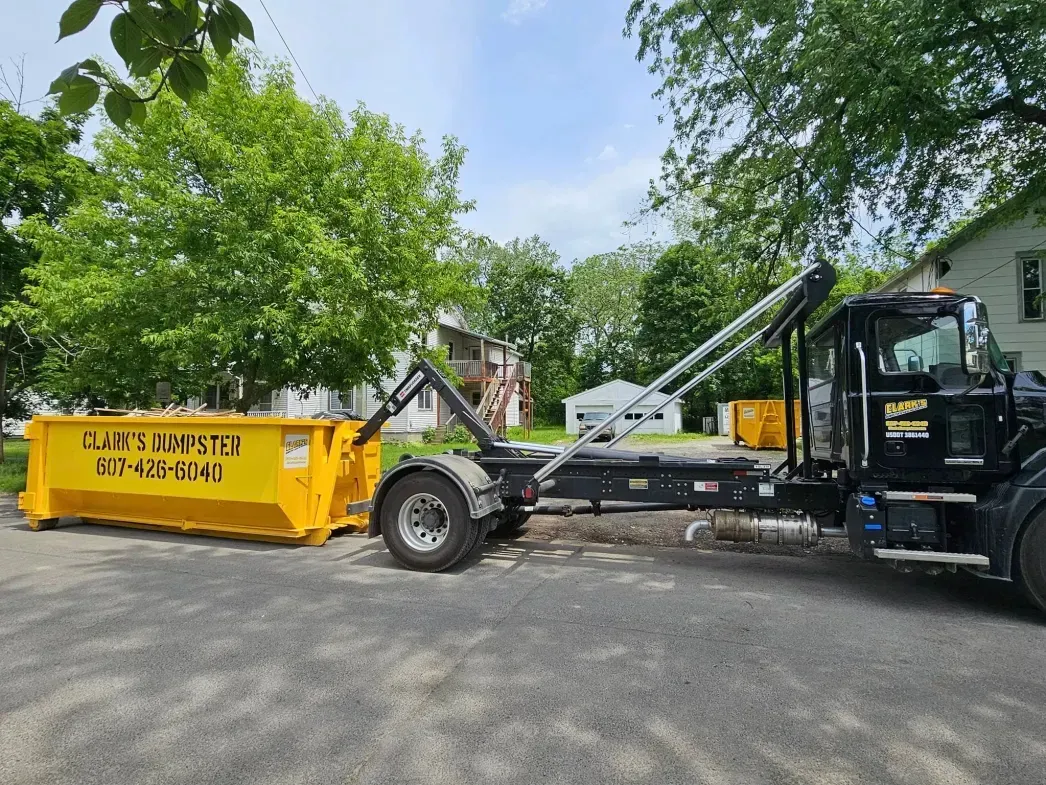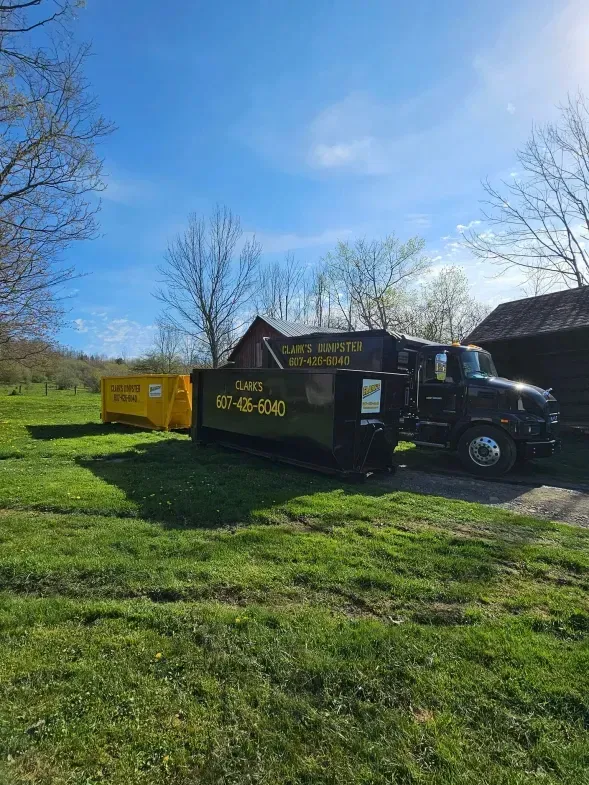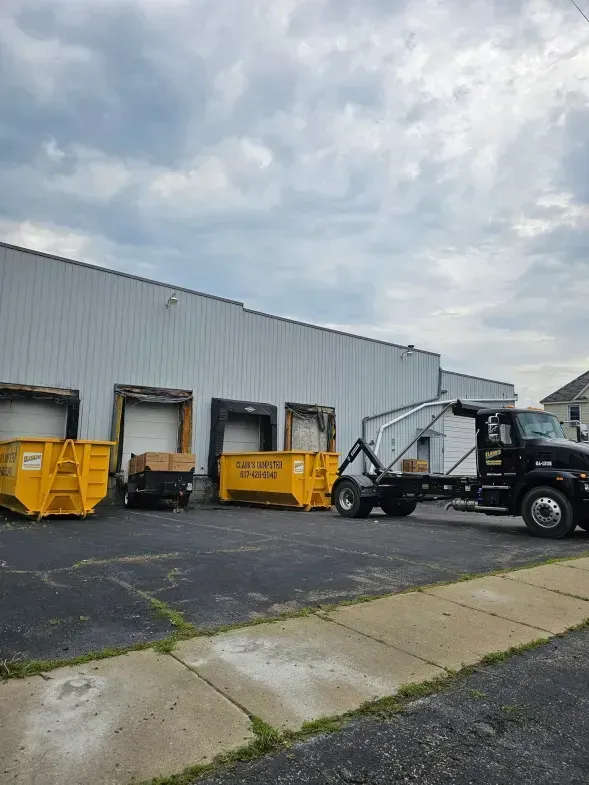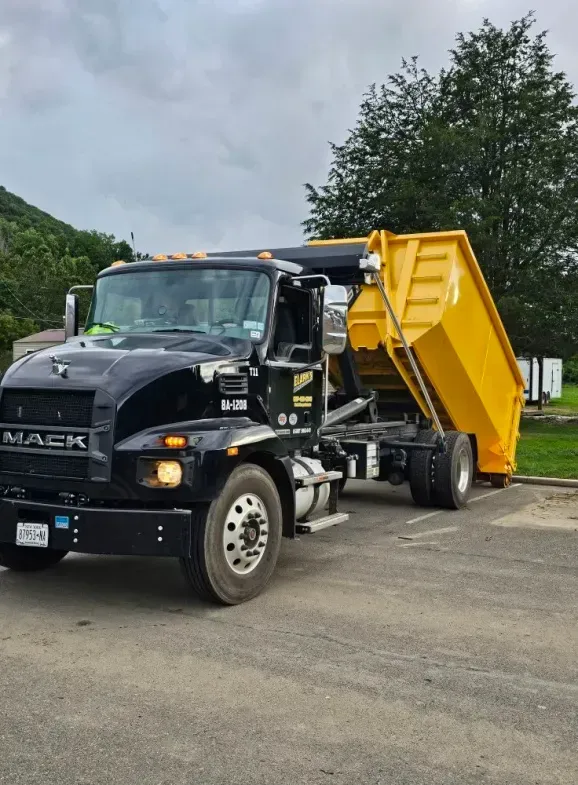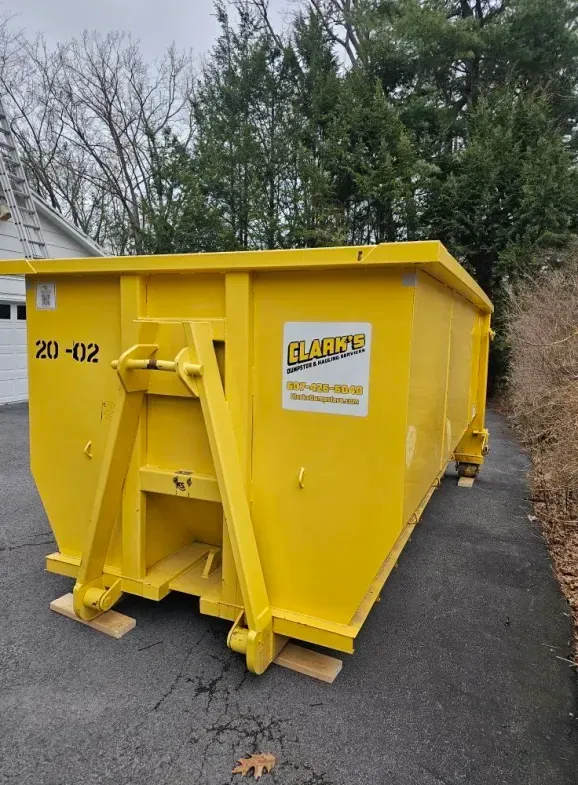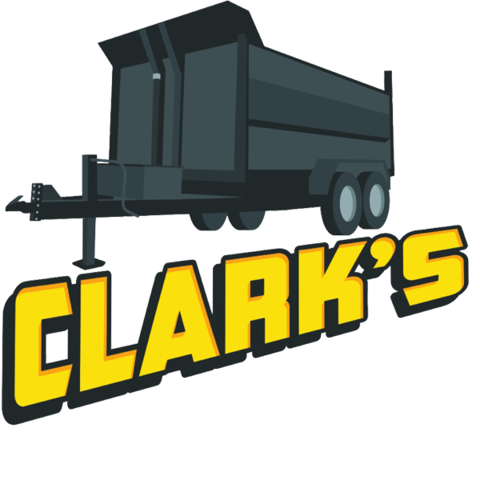Multi-Phase Projects in Ithaca: Sequencing Dumpsters for Efficiency
Large projects in Ithaca rarely produce waste all at once. Instead, debris appears in phases that follow the natural flow of construction or renovation. Demolition produces rubble, framing generates wood scraps, finishing creates packaging and trim, and the final stage leaves behind general cleanup waste. If dumpsters are not timed to match this cycle, jobs stall and costs climb.
Sequencing containers according to project milestones ensures that waste is always removed when it should be. It also prevents bins from sitting idle while collecting fees or filling up too quickly when heavy debris is produced. Just like material deliveries and subcontractor scheduling, a waste plan built around sequenced dumpsters is essential to efficiency.
How Dumpster Choice Affects Project Flow
Picking the correct dumpster size and timing its delivery has a direct impact on workflow. A container that fills before the job moves to the next stage forces crews to stop working while they wait for removal. On the other hand, a bin that is over-sized may sit for weeks half empty, wasting space on a tight lot and costing more than needed.
In Ithaca’s busy neighborhoods and surrounding residential areas, sequencing dumpsters gives crews what they need when they need it. Heavy loads are better managed in smaller containers that can be swapped quickly, while lighter debris from later phases works best in mid or large roll-offs. With this approach, waste never interrupts progress.
What to Evaluate Before Sequencing Dumpsters
Before mapping out container schedules, builders, hosts, and property owners should evaluate several factors that influence cost and efficiency.
Matching Dumpster Use to Project Phases
Demolition typically brings concrete, plaster, shingles, and tile, all of which are dense and heavy. Later phases bring cardboard, drywall scraps, insulation, and plastic packaging that take more space but weigh less. Sequencing means pairing heavy debris with smaller containers and lighter debris with larger ones.
Considering Tonnage Limits
Every dumpster has two limits: volume and weight. Even when there is space left inside, a container can be over its tonnage cap if filled with concrete, dirt, or roofing material. Planning for weight is as important as planning for size. Using multiple containers prevents overweight fees and ensures safe hauling.
Rental Period Adjustments
A single rental period may not cover the length of a multi-phase job. Rather than keeping one dumpster onsite for months, many Ithaca projects use a series of shorter rentals that align with milestones. This approach reduces idle fees and matches service to actual needs.
Compliance with Disposal Rules
Hazardous materials such as batteries, propane tanks, and electronics cannot be placed in a dumpster. The Tompkins County Recycling and Solid Waste Center handles these items through scheduled programs. Planning for these drop-offs ensures your waste plan stays compliant and avoids penalties
Dumpster Sizing Guide for Ithaca Multi-Phase Projects
| Dumpster Size: | Best Phase Application: | How Much the Dumpster Holds: |
|---|---|---|
| 10-Yard | Roofing jobs, small demolition, heavy debris | 3-4 pickup truck loads |
| 20-Yard | Mid-size remodels, drywall removal, bulky furniture | 7-8 pickup truck loads |
| 30-Yard | Whole-house renovation waste, packaging, framing debris | 11-12 pickup truck loads |
| 40-Yard | Major construction projects, multi-unit turnovers | 13-15 pickup truck loads |
This sequence allows projects to scale up and down smoothly without wasting money on unnecessary swaps.
Building an Effective Dumpster Sequencing Plan
Phase One: Demolition
This stage creates the heaviest debris, including tile, plaster, and stone. Smaller roll-offs like 10-yard or 20-yard containers are safer and easier to swap out frequently before they exceed weight limits.
Phase Two: Framing and Rough Work
Wood cutoffs, drywall scraps, and packaging accumulate in this phase. A mid-sized dumpster provides the right balance between space and affordability while still being manageable on smaller lots.
Phase Three: Finishing and Installation
During flooring, cabinetry, and trim installation, lighter but bulkier debris is produced. Larger dumpsters can handle packaging, cardboard, and leftover materials without quickly reaching weight caps.
Phase Four: Final Cleanout
The last container ensures the site is ready for inspections and occupancy. This roll-off handles general trash, sweepings, and small amounts of leftover debris. Scheduling this bin close to project completion guarantees a polished presentation.
Local Conditions and Rules That Shape Planning
Projects in Ithaca are influenced by unique conditions. A dumpster placed on private property such as a driveway does not need a permit, but if it blocks a public street, approval from the City of Ithaca is usually required. Weather is also a factor. Snow and rain can delay pickups and damage paper or cardboard waste. Covering containers or planning around forecasted storms keeps debris manageable.
For restricted materials, contractors should remember that the Tompkins County Recycling and Solid Waste Center is the designated location for e-waste, hazardous chemicals, and propane tanks. Building these drop-offs into the project schedule avoids compliance issues and protects the environment.
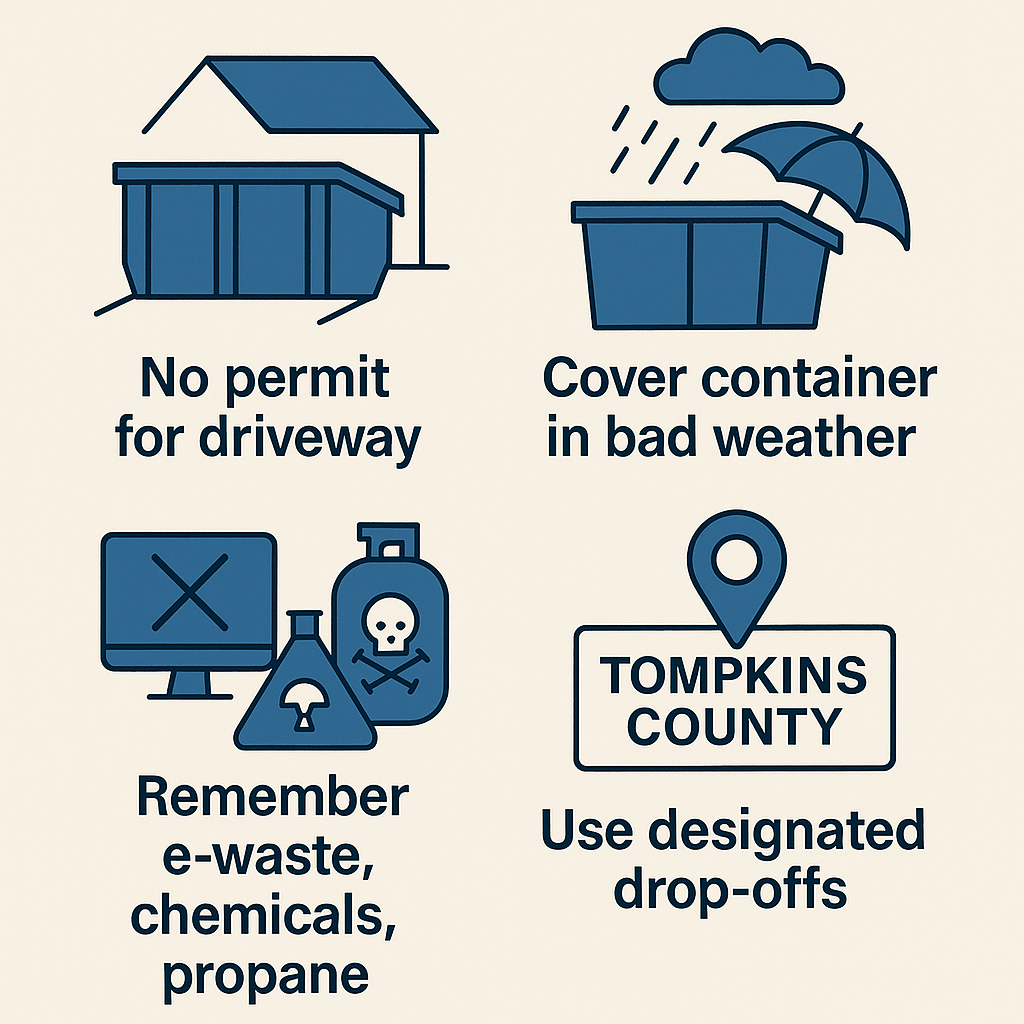
Local Conditions and Rules That Shape Planning
Projects in Ithaca are influenced by unique conditions. A dumpster placed on private property such as a driveway does not need a permit, but if it blocks a public street, approval from the City of Ithaca is usually required. Weather is also a factor. Snow and rain can delay pickups and damage paper or cardboard waste. Covering containers or planning around forecasted storms keeps debris manageable.
For restricted materials, contractors should remember that the Tompkins County Recycling and Solid Waste Center is the designated location for e-waste, hazardous chemicals, and propane tanks. Building these drop-offs into the project schedule avoids compliance issues and protects the environment.
Common Mistakes That Interrupt Multi-Phase Jobs
Several errors are frequently seen on Ithaca job sites. Some contractors rent a single oversized dumpster for the entire project, which often takes up too much space and results in idle rental fees. Others leave a container in place too long between phases, paying for it even when no debris is being added.
Weight is another common oversight. Heavy demolition debris can max out a container’s tonnage allowance well before it appears full, leading to additional charges or delays. Finally, many teams forget to schedule swaps or removals ahead of time, leaving dumpsters overflowing and blocking site access.
Benefits of Sequencing for Safety and Workflow
Sequencing dumpsters does more than control cost. It keeps worksites safe and professional. Clean pathways reduce trip hazards, allow crews to move freely, and help inspectors navigate without concern. Workers are more likely to dispose of waste correctly when bins are available and not already overflowing.
Clients also notice. A project site that is orderly builds trust, enhances reputation, and demonstrates careful planning. These benefits are just as important as staying on schedule or within budget.
FAQs About Dumpster Sequencing in Ithaca
How much does dumpster rental cost for multi-phase projects in Ithaca?
The cost depends on the container size, included weight, and rental period. A 10-yard dumpster may cost in the lower hundreds, while larger sizes are higher. Sequencing reduces idle time and helps avoid overweight fees, making the overall cost lower than using one oversized container for the entire project.
Which dumpster size should be used for demolition?
A 10-yard or 20-yard dumpster is most effective for demolition. These sizes limit the risk of overloading while still holding large amounts of rubble. Choosing smaller but more frequent dumpsters prevents delays from overweight penalties.
Can one dumpster cover an entire project?
It can, but it is often inefficient. A single container may sit unused during certain phases and then overflow during others. Sequencing containers according to project stages usually lowers costs and improves workflow.
Do I need city approval for dumpster placement in Ithaca?
Approval is not required if the dumpster is placed on private property such as a driveway. For containers placed on a street or public space, a permit from the City of Ithaca is generally required. Contacting the city in advance avoids fines or project delays.
What happens if a dumpster is overloaded with heavy material?
An overloaded dumpster can create safety risks and may be rejected for pickup. The hauler may charge additional fees or refuse to remove the container until it is corrected. Planning by both volume and weight ensures compliance and keeps the project on schedule.
Closing Tips for Ithaca Multi-Phase Projects
Multi-phase projects demand careful planning, and waste management is no exception. Sequencing dumpsters ensures that debris is cleared at the right time, containers fit the type of waste produced, and rental costs remain predictable. By choosing the correct size for each phase, respecting tonnage limits, and following Ithaca’s disposal rules, builders and property owners can keep sites efficient, safe, and professional.
Reserve Your Dumpster in Ithaca
Ready to organize your project timeline? Book your dumpster rental in Ithaca New York today. Sequenced roll-offs tailored to each phase keep work moving, control costs, and create a cleaner, safer site.
Book your dumpster online Ithaca New York today and make your multi-phase project run smoothly.
